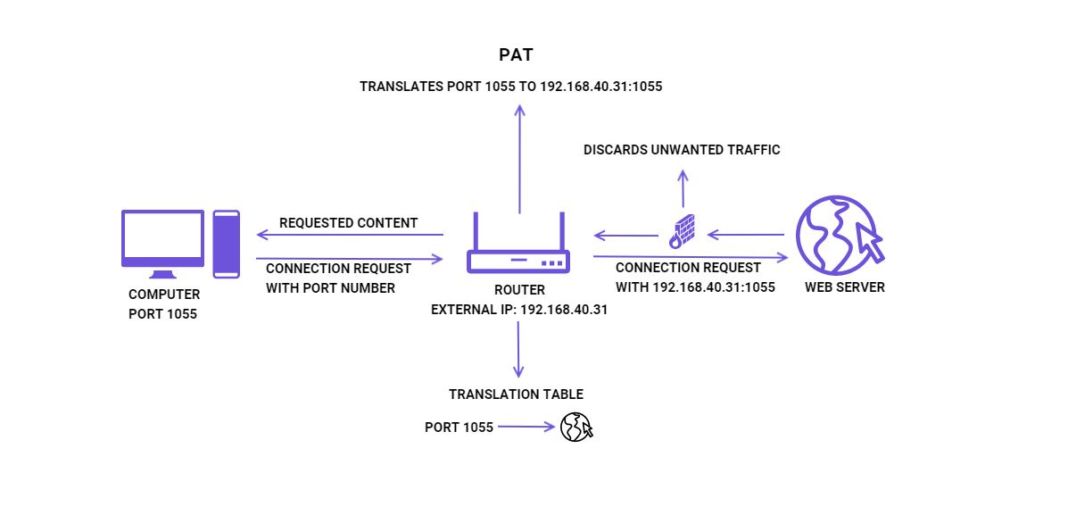
Static NAPT is identical to a simple packet filter (whatever is translated by the static NAPT rules is permitted). Summary: NAPT does provide some packet filtering functionality. Its behavior is almost identical to reflexive ACL feature. NAPT device using address and port-dependent mapping seems to behave like a stateful firewall, but does not inspect the contents of the TCP/UDP session and does not check the validity of TCP headers. As soon as the inside host opens a session through NAT, anyone can send TCP or UDP packets to the source port used by that host.Ĭisco IOS usually implements Address and Port-Dependent Mapping – the NAT translation table contains full 5-tuple (source/destination address/port and the L4 protocol). With the Endpoint independent mapping, the NAT translation table contains just the inside IP address and TCP/UDP port (default behavior on most low-end devices).

RFC 4787 describes various NAPT parameters the ones most important to the security-related discussion are the Address and Port Mapping behaviors. If an unknown packet arrives from the inside interface, a new entry is created, if an unknown packet arrives from the outside interface, it’s dropped.

NAPT (also known as PAT) keeps a list of established sessions and uses that list to perform address and port translation of inbound and outbound packets. From the security standpoint, stateless NAT is no different from static basic NAT (read: useless). Some IPv6-to-IPv4 (or 4-to-6) NAT algorithms are stateless – IPv6 address is calculated from the IPv4 using an algorithm (or device configuration). When using static basic NAT (statically defined inside-to-outside IP address mapping), the inside host is exposed all the time. The moment the inside host starts a session through the NAT, it becomes fully exposed to the outside world. Basic NATīasic NAT (as defined in RFC 2663) performs just the IP address translation (one inside host to one IP address in the NAT pool). That does NOT make it a security feature, more so as there are so many variants of NAT. Longer answer: NAT has some side effects that resemble security mechanisms commonly used at the network edge. 15 years after NAT was invented, I’m still getting questions along the lines of “is NAT a security feature?” Short answer: NO!


 0 kommentar(er)
0 kommentar(er)
